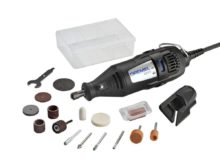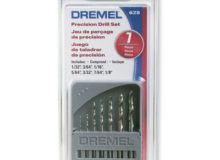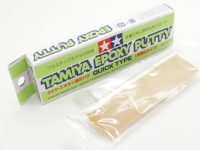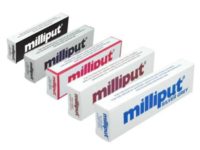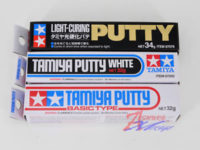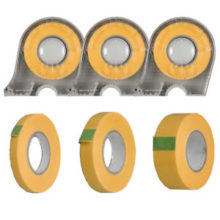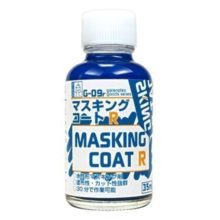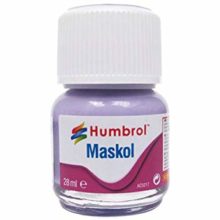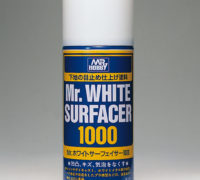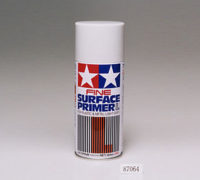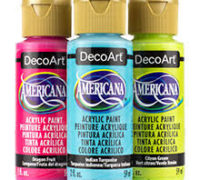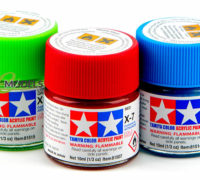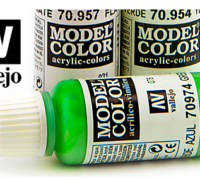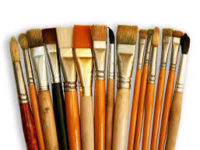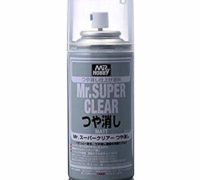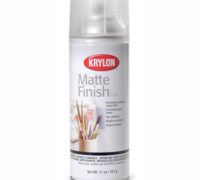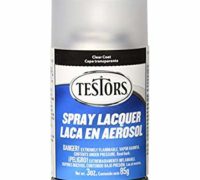Basic Tools
August 27, 2018If you are wondering what type of tools do you need to start this hobby, here’s a basic list of essential items you need to begin working.
You can watch the above video and/or check out the list below, it will give you a good idea of what you need to get.
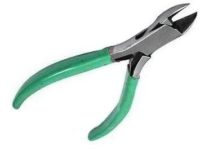
Cutting pliers or nippers
You will need them to cut flash, tabs and wire for pinning.

Sand Paper and files
You will need these to sand off seam lines and imperfections, it’s recommended you have a large range of grid types, from 220 to 400 for regular sanding, 500-600 for finishing and optionally, have 700-2000 grid paper, these last ones are not a requirement for regular resin but a must when sanding and polishing for clear resin.
Sanding files can also be regular nail filers or metal filers as well for more detailed sanding.
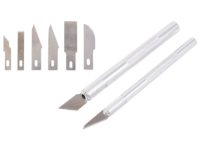
Exacto or hobby knife
Needed to remove some seam lines and some flash, you can also purchase a ceramic hobby knife but this is option as it’s more fragile to handle.
Some people like to use small box cutter knives but it’s better to use a hobby knife for a better grip and control.
It’s also recommended that you stock up on assorted blades.
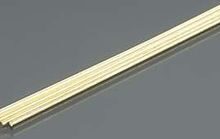
Wire – Brass rods
Wire is necessary for pinning so that your figure may have stability.
Regular aluminum hardware wire is good and lasts for years, as long as you can stock up on #16 gauge or even #18, the smaller the number the thicker the wire will be.
If you also have access to brass rods, be sure to acquire different sizes to help you with different size parts where large gauge wires are not possible to use with.
Rotary tool and bits
You will need a rotary tool to make mostly holes for pinning and some light sanding on difficult areas or where very chunky tabs were located in parts.
Putty
You need putty to fill in small gaps and bubbles, tamiya basic type putty is good for filling in small stuff, but if you can’t find it near you, you can always buy red bondo that is sold at any walmart in the car section.
For bigger gaps and holes you can use Milliput white fine, Magic Sculp or even Green stuff, magic sculp is hard to get unless you buy it from the website, milliput and green stuff can be found in almost any hobby store, though I recommend you get milliput, that stuff is great for leaving smooth surfaces just by adding a little water to your fingers.
There are a lot of good hobby brands out there for different types of putty, if you wish to know more about putty, please be sure to check out my video on types and uses for putty here
Masking Tape
Masking tape is need to mask your pieces in case of using an airbrush or to have perfect lines with your brush/airbrush.
Liquid Masking
Liquid masking is not a requirement but it’s a nice support tool to help you in sealing your masking tape creating a more secure barrier against paint bleeds.
If you want to purchase it, be sure to purchase water based masking so that it won’t tip off the paint bellow, my personal recommendations are Mr. Masking Sol R (The purple cap), Gaia liquid masking or Humbrol.
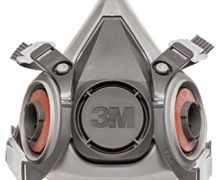
Mask
You must be in a ventilated area if you are using non acrylic paints and always use a mask when sanding and painting.
Primer
Before you paint your parts, you need to prime them, this also helps you see imperfections and bubbles on the surface that need to be filled, there are different brands of primers, all hobby brands are great but give you less product for your buck, there are also regular hardware primers and they will work just as well as hobby primers while the only difference is the finish (glossy vs matte) and the colors will be dark if you use gray or red.
Paint
Paint can be a little tricky to get depending where you live this paint is highly regulated and hard to get in America and other countries because of the toxic fumes, you can import it from Asia but it’s going to take a while to get to you.
It’s ideal to use acrylics when you’re just starting as they are mainly water based and mostly non toxic. Using lacquers or enamels requires a spray booth to suck in the toxic fumes and throw them outside.
Airbrush – Brushes
Using an airbrush or just paint brush depends on you, it just depends on what you like to use or know how to use.
You can paint your kits with either. If you want to use an airbrush and have never used one, the recommendation is to get a cheap generic one, just be sure it’s double action. As you get use to it, then you can start looking for a more sophisticated one.
Sealers
Sealing your work is super important, so be sure to seal your pieces BEFORE you put your kit together.
There are different types of sealers for the different paints in a modeler’s Repertoire of materials.
If you are using water based paints (non solvent paints) you can use any type of sealer, including lacquer sealers.
If you are using solvent based paints (Tamiya, some Vallejo) you can only use acrylic sealers, using lacquers will result in your paint melting and your work ruined.
If you are using Lacquer or Enamel paints, you can use any type of sealers, acrylics or lacquers, but a word of caution: Some acrylic sealers don’t react well with hobby primers, and the surface might crackle, so be sure to test on a small piece to see if there’s any bad reaction.

